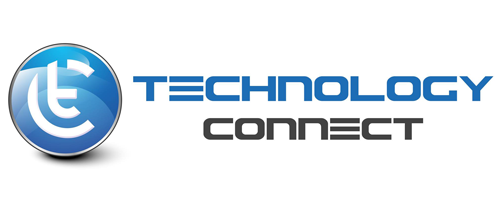

Most busy executives and senior managers seems to be looking for new ways to achieve results in the context of increasingly shorter time to value and changing customer expectations. This context constantly demands access to new capabilities. Partnerships, alliances and similar flexible and collaborative structures are increasingly becoming the catalyst for sustainable business growth. Digitally native and successful start-ups (now global organisations) have been using these structures for quite some time. Most companies have realised that they cannot perform everything in-house, or within their existing supplier contracts, at a pace fast enough to deliver required business results. Speed and agility will generate a competitive advantage and deliver results. Leaders are forming strategic partnerships to execute initiatives ranging from discrete technology projects to large digital transformations. However, the road to success for these new structures is not without its challenges. Recent research on partnerships that have failed emphasised the following problems (raised by both sides of the partnerships):
- “We seem to be more focused on the contract terms and commercial model of the partnership than on a joint strategy”;
- “We are spending more time and effort selling (and justifying) the partnership internally than managing the successful execution of the joint strategy”; and
- “We are spend more time and resources on controlling the partnership and measuring our share of the value generated, than on removing barriers to the successful execution of the joint strategy”.
If you have experienced these or similar problems, then you have probably realised that the traditional “buyer-supplier” contract structure is not likely to be delivering results in your required timeframe or within your budget. If you, like most companies, need more than one supplier to help you achieve results across a broad range of strategic initiatives, and you have decided that the partnership model looks to be the optimal structure for your situation, what can you do to get your partnership off to a good start as well as keeping it focused on delivering sustainable value? I suggest focusing on three areas:
- Develop a partnership Strategy Map – The Strategy Map details the partnership’s strategic objectives and illustrates causal linkages between initiatives and outcomes. It shows how each initiative drives achievement of business process, customer experience and financial objectives. It is the road map to success.
- Develop a partnership Scorecard – The Scorecard operationalise the Strategy Map by setting out metrics to measure the progress of initiatives as well as results across each of the strategic outcomes, e.g. using a balanced scorecard approach. The Scorecard is a critical reporting input to partnership governance.
- Develop a partnership Governance Model – The Governance Model includes establishing a Steering Committee for the partnership. The Steering Committee should be focused on the “health” of the partnership as well as clearing the “road blocks” within partnership projects and initiatives.
Concentrating on the above three areas does not mean that the partnership contract and commercial model are not critical to success. They are! But a good contract and commercial model will not be of much use if the people and organisations in the partnership don’t have a joint strategy and framework for managing outcomes.
When strategic partnerships are set up with the above elements, and supported by the right contract and commercial model, they deliver results through on-demand access to critical external capabilities at an affordable cost with an acceptable risk. It will give you the required speed and agility to obtain a competitive advantage in a rapidly changing business environment.
If you found this post interesting, and would like regular updates on this and similar topics, you can follow me on Twitter (twitter.com/TomDissing), LinkedIn or simply log onto www.technologyconnect.com.au and signup for our free newsletter and you will automatically get informed about new blog posts, insightful articles about trending topics and free events. Have a great day and stay connected!
Tom is the founder and Managing Partner of Technology Connect. He has 15 years of executive management experience in large scale digital transformations and maximising value from emerging and disruptive technology investments. He has advised senior executives in Financial Services (Banking and Insurance), Media & Entertainment, Construction & Engineering, Technology Services and Government (Federal and State) in Australia, New Zealand, Asia and Europe.
Copyright © 2018 Technology Connect. All rights reserved.



